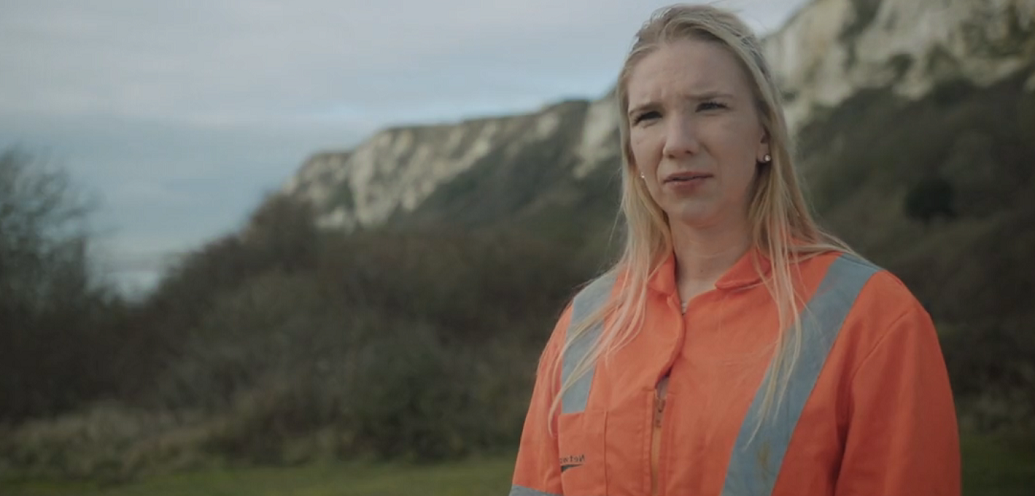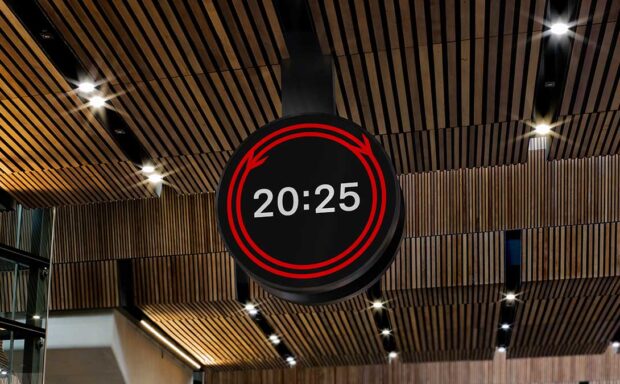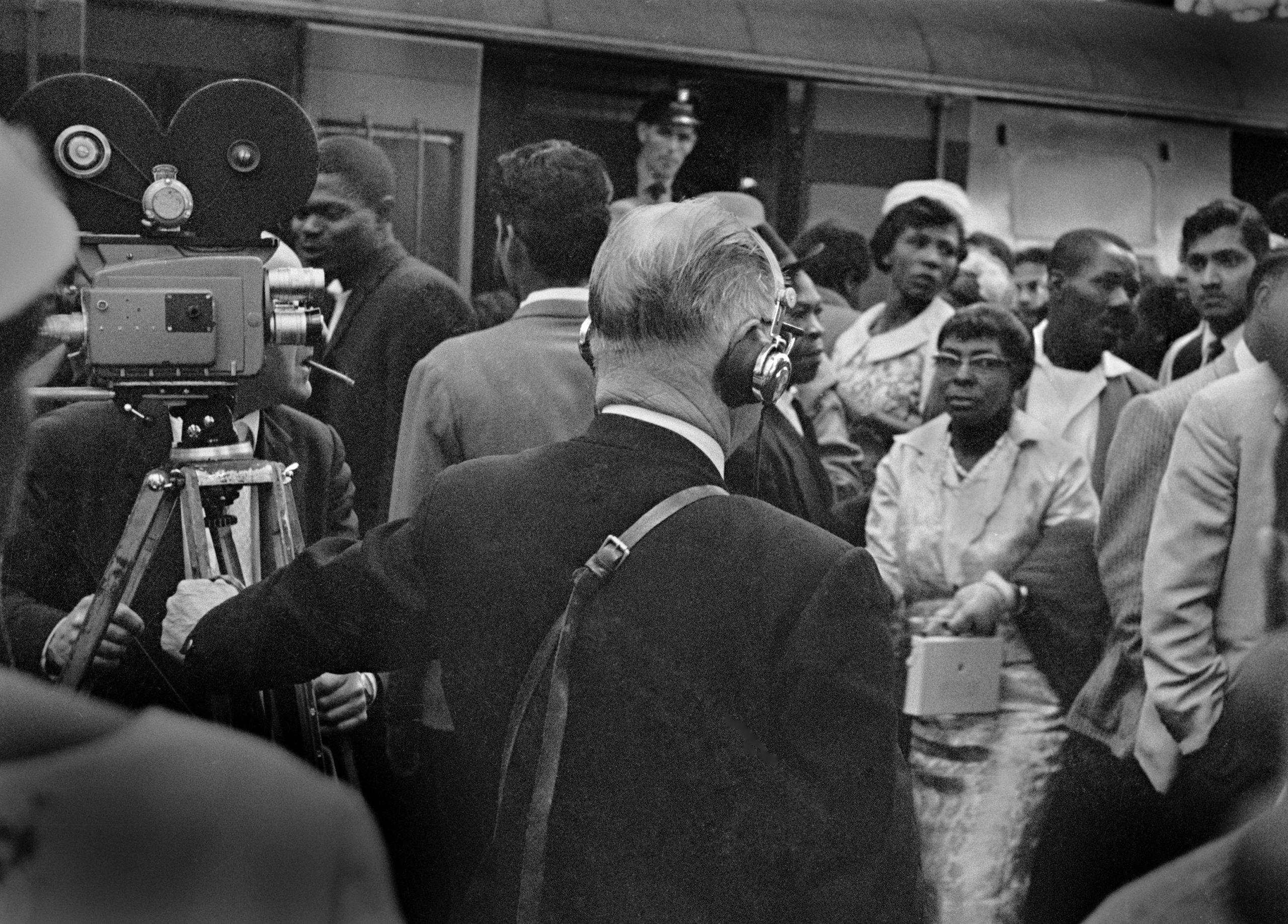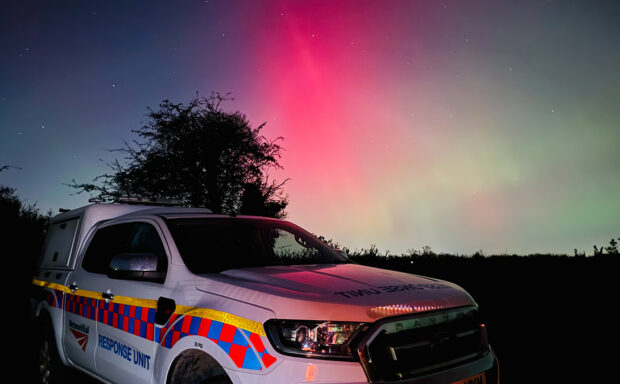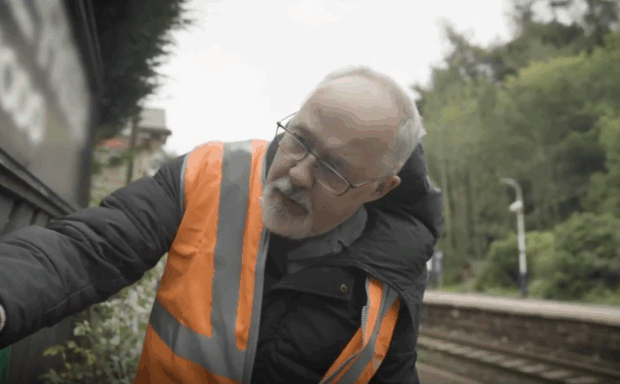Birds’ nests, great crested newts and squirrels are just part of a normal working day for environment specialist Michelle Chrabalowski.
Michelle spent her childhood camping in the woods and learning all about insects – but never thought she could find a job helping wildlife on the railway. Hear why environment experts like Michelle are so important to the railway and how you can turn your fascination for biodiversity and sustainability into a career with us.
This International Women’s Day, Michelle featured in a new flagship film telling young people all over Britain that the railway is changing for the better. Watch the full film we made in partnership with train operator Southeastern.
#EachforEqual
Read about Britain’s first all-female passenger train
What’s your job?
I’m an environment specialist on the railway. What I do is anything to do with the land and water surrounding our railways. That includes our lineside vegetation, ecology in the area… and anything that can spill or pollute the environment the railway runs through.
Does the railway own a lot of land?
Network Rail is one of the biggest landowners in all of Britain and it’s quite interesting that we have such diverse habitats and environments. We run through areas that are especially sensitive, Sites of Special Scientific Interest (SSSI), the railway does actually run through many of those so there are a lot of variety in what we own and how we manage it.
Working for the railway offers a lot of unique and varied parts of the job, simply because the geographical areas is quite large… The species you find on the coast are quite different from the ones you find in Central London and you need to be prepared to deal with environmental issues… relating to all those types of environments.
Managing habitats by the railway
Five times we’ve helped wildlife around the railway
How we moved a river: re-routing a waterway and protecting the environment
Does the railway take the environment seriously?
As a railway, we’re getting better and better at making it a priority and making running a sustainable railway so that things like stopping work if we encounter protected species, making sure that we’re doing all the ecological checks and also improving our lineside biodiversity management.
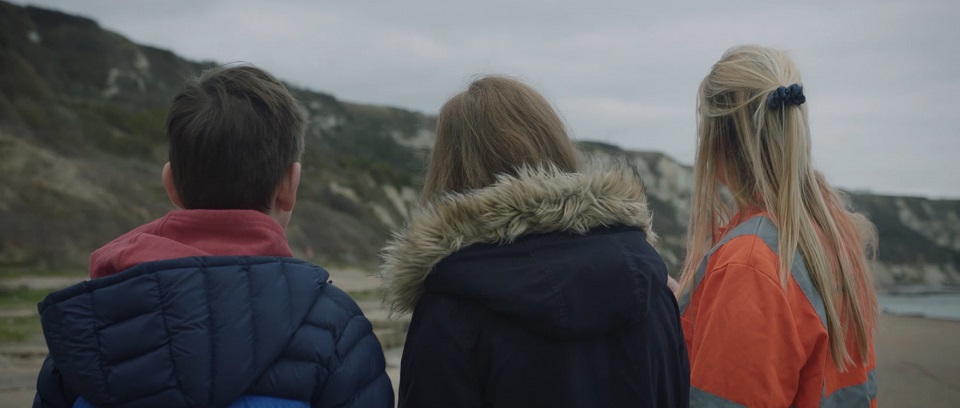
We have a network of environment champions all throughout the routes, we’re getting better at not only doing mitigation but also preventative measures and it’s becoming more and more of cultural shift within the railway.
Why is it important to get more people who are interested in the environment and sustainability working on the railway?
Because it’s such a large landowner it has a lot of impact on the environment. It’s not just the railway itself but all our lineside neighbours, all of the habitats on our lineside are affected by the railway…
The more people who have an interest in it, the more people see that it’s important to put time and effort towards managing that properly, the better not only for the running of the railway, better sustainability but also for the lineside neighbours, the people who are on the railway who can look out and see nice habitats, nice environment and have a nicer journey as well.
Gallery: some the biodiversity by the railway
What do you hope the railway will have achieved in 10 years in terms of looking after the environment and biodiversity?
One of the projects we’re working on right now is the Sustainable Land Use programme and part of that is improving biodiversity on the lineside. With that, we’re trying to map the habitats along the lineside and see if there’s anything we can do to improve that biodiversity.
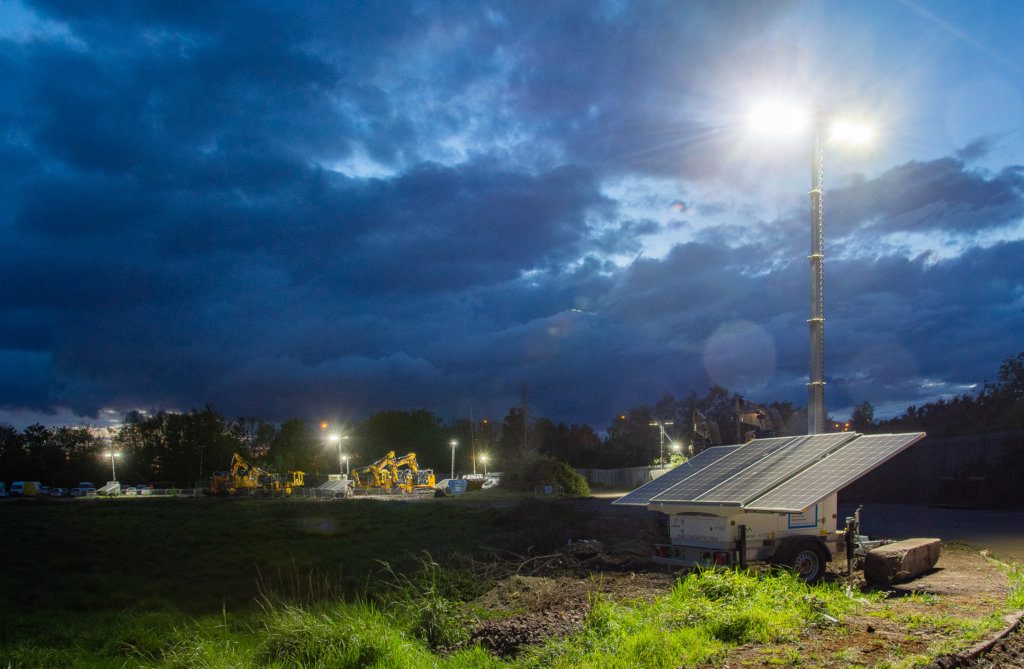
What do you hope your generation will be remembered for?
A sustainable railway. The railway is a very sustainable form of transportation already but there are always improvements we can use in terms of energy use to power the trains, how to manage our lineside…
What did you want to be when you were growing up?
I knew I wanted to work outdoors and also ideally with people and animals… I think the job I have now fulfil those things. I didn’t really know this sort of role existed when I was young.
We spent a lot of time camping from when I was a very young child… What I loved was the variety of things one might see. If you looked one way you might see a rabbit or a squirrel, or if you looked another way you might see a body of water, which was more interesting than just sitting in a classroom and seeing four walls around me.
Did it surprise you that you could do this on the railway?
It’s surprised me to find a role like this at Network Rail because I didn’t know Network Rail was such a large landowner. It’s sensible that any large landowner would have environment specialists or people taking care of their land and water but what I didn’t know was how much land the railway affects and has.
Has anything else surprised you about the railway?
The sense of community the railway has – you have different teams doing completely different things, all with the common goal of running a safe, reliable and sustainable railway.
Read more:
Film: International Women’s Day – All Change
International Women’s Day: Q&A with Rhian Lane, geotech engineer
International Women in Engineering Day: Just Like Me
